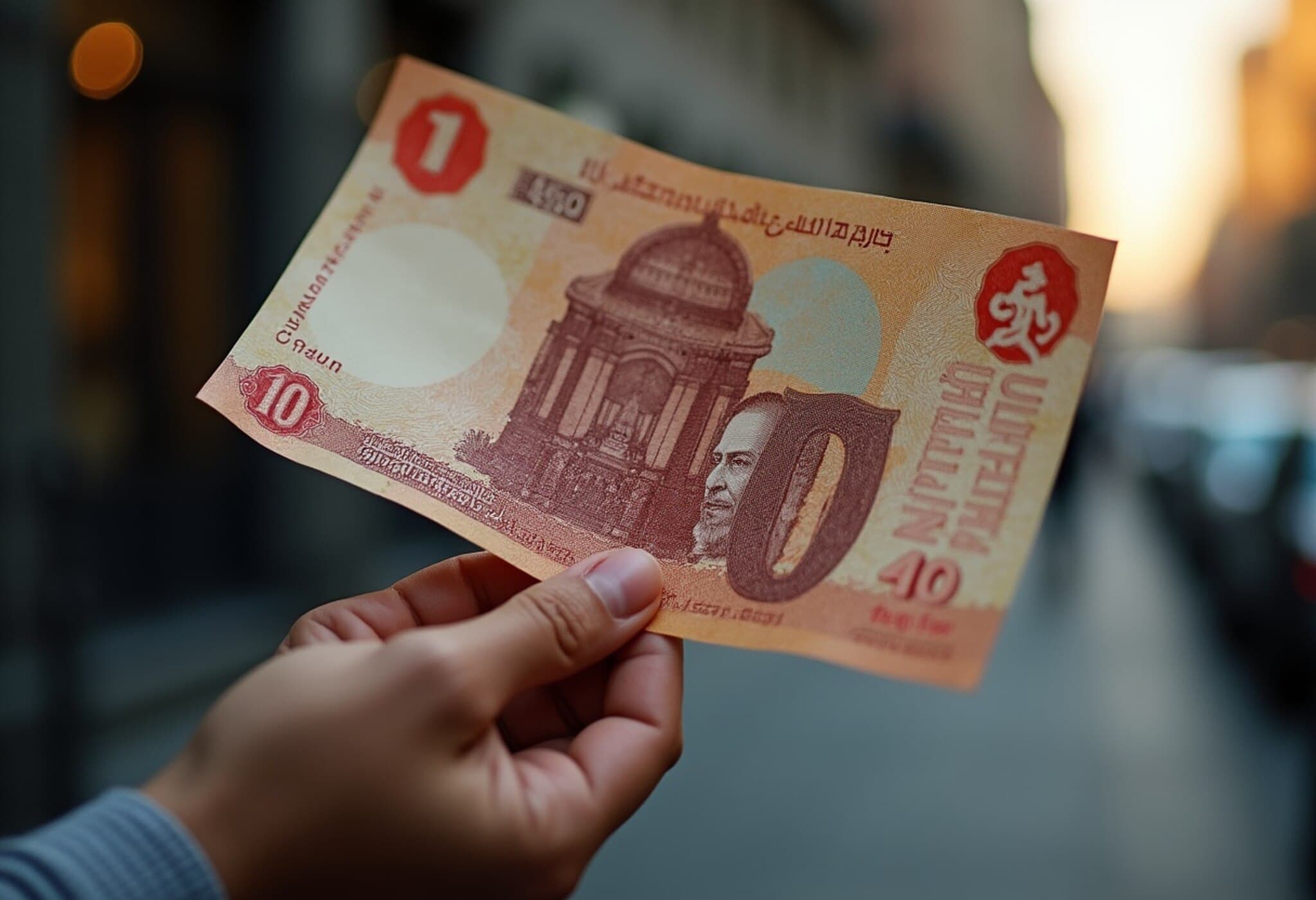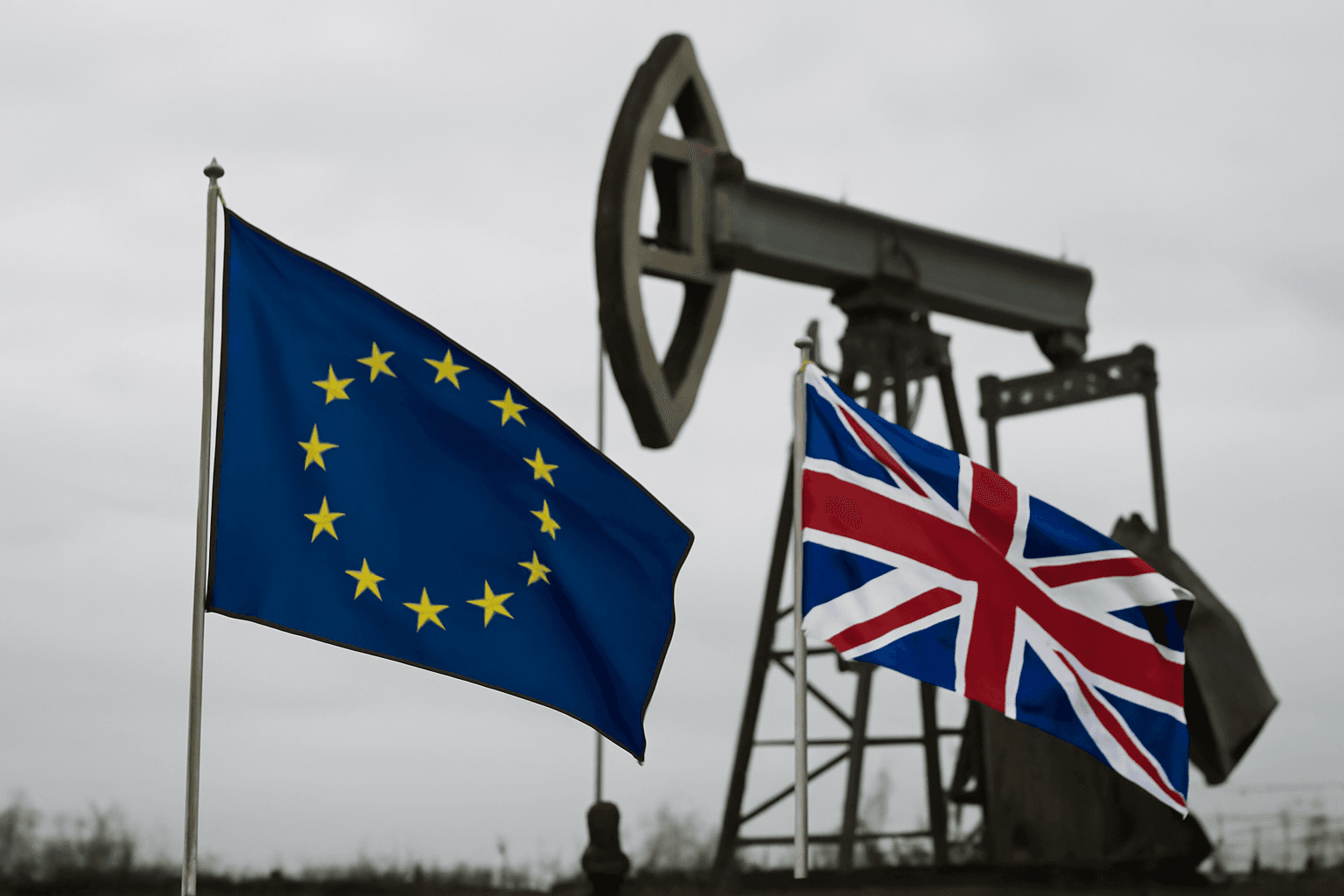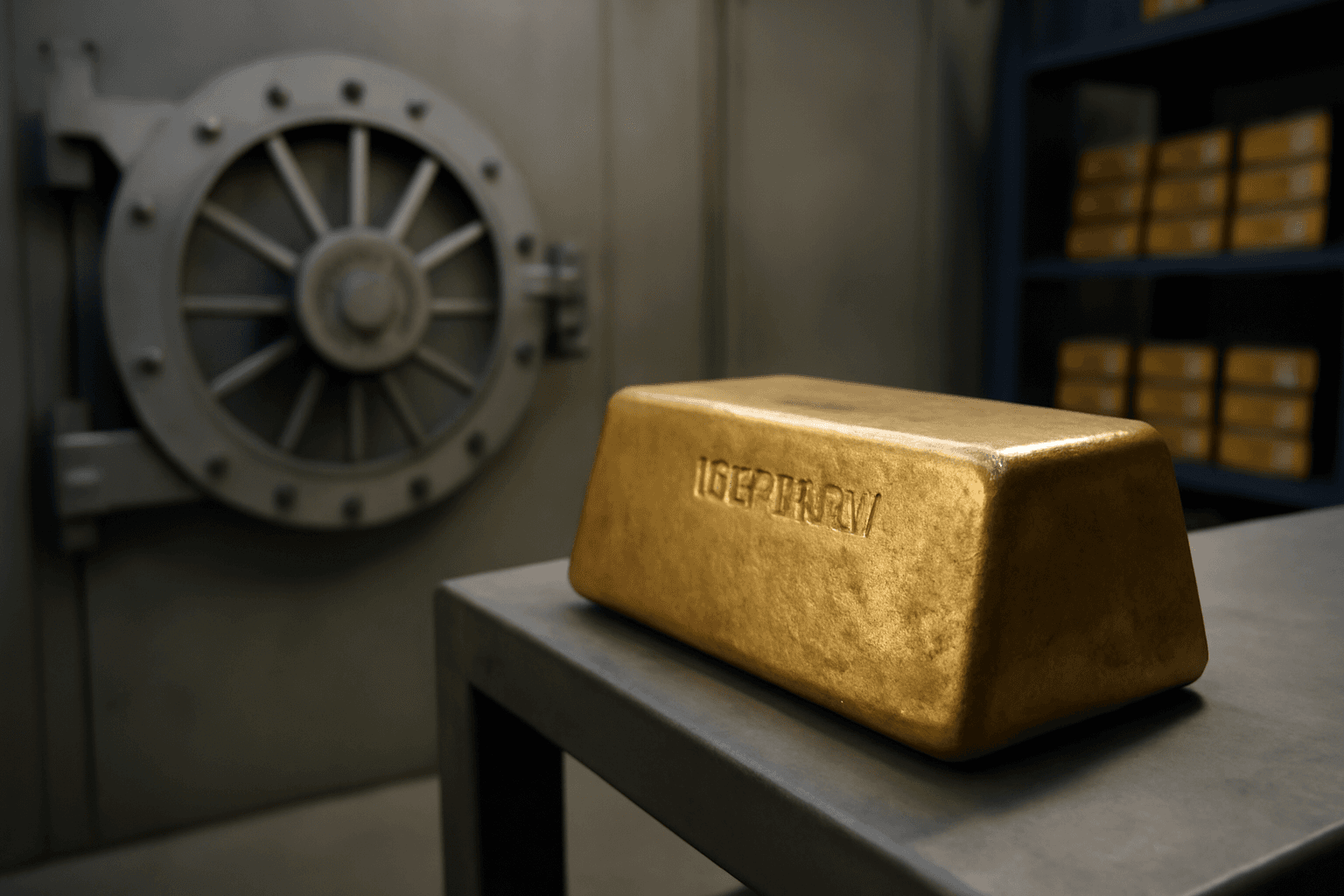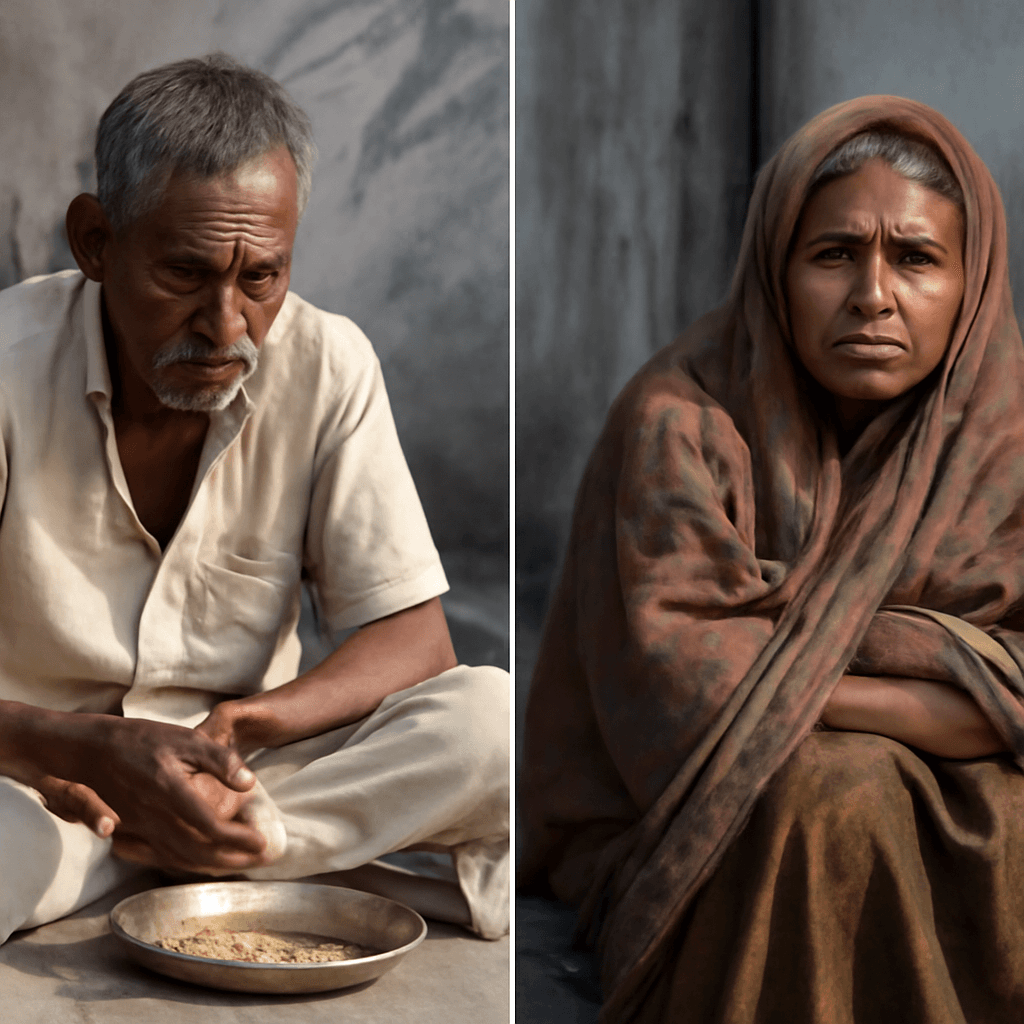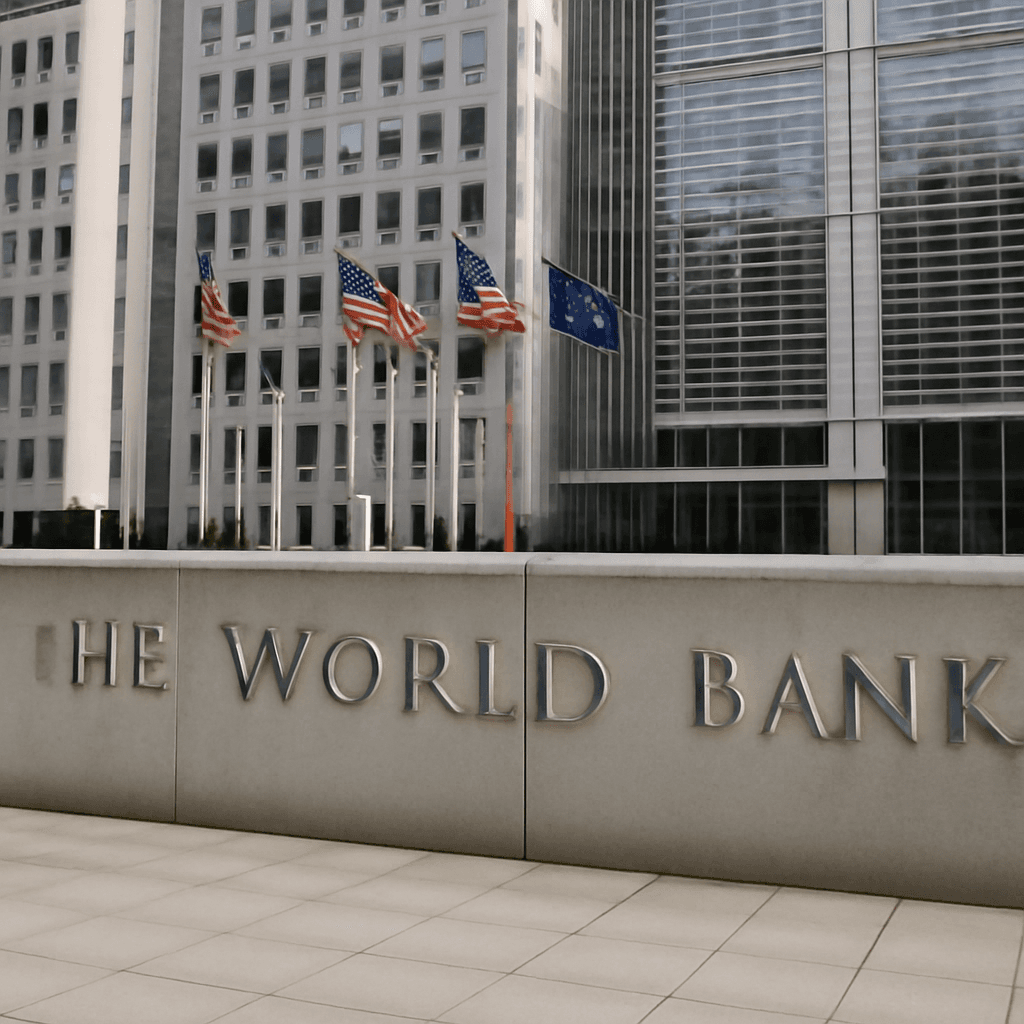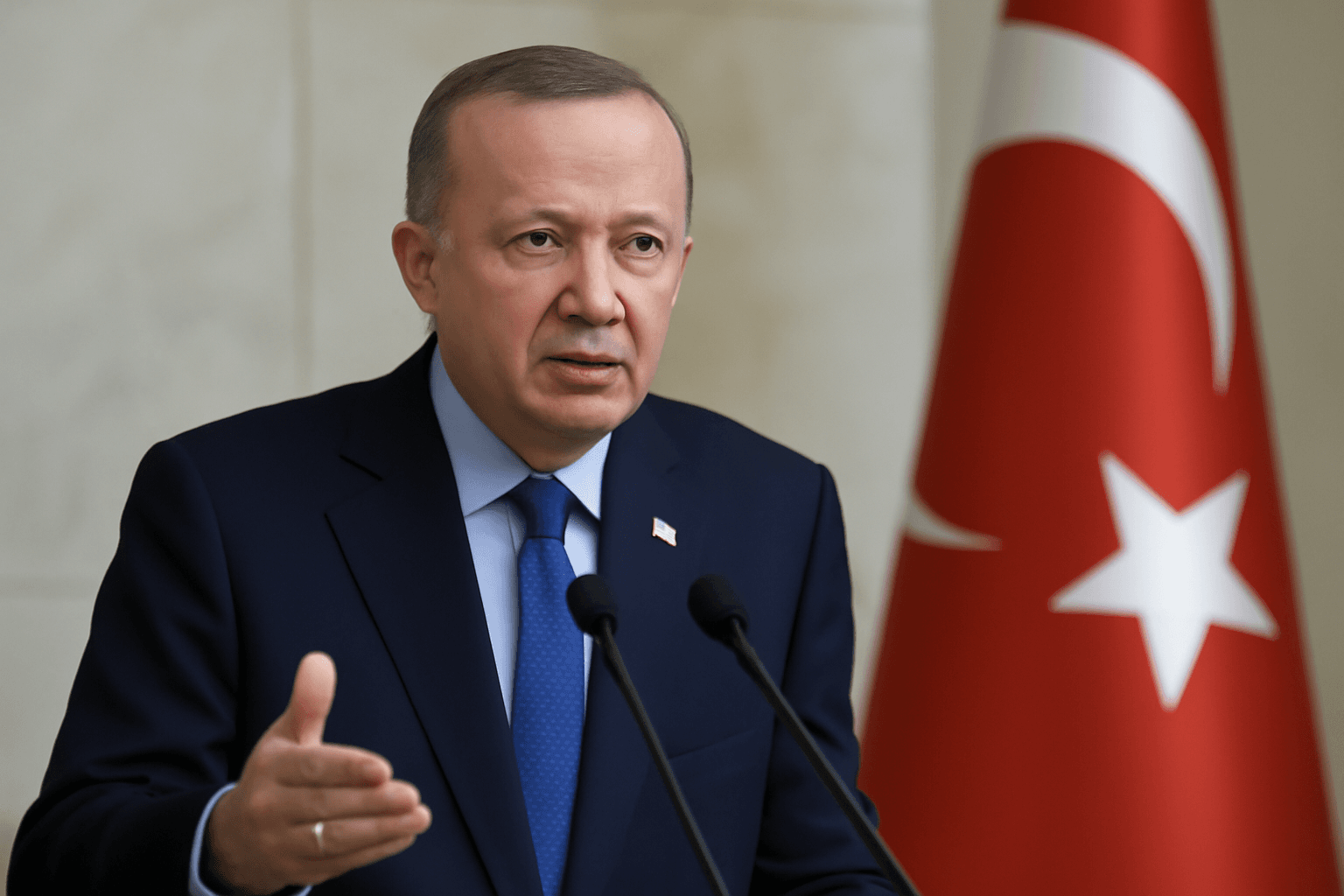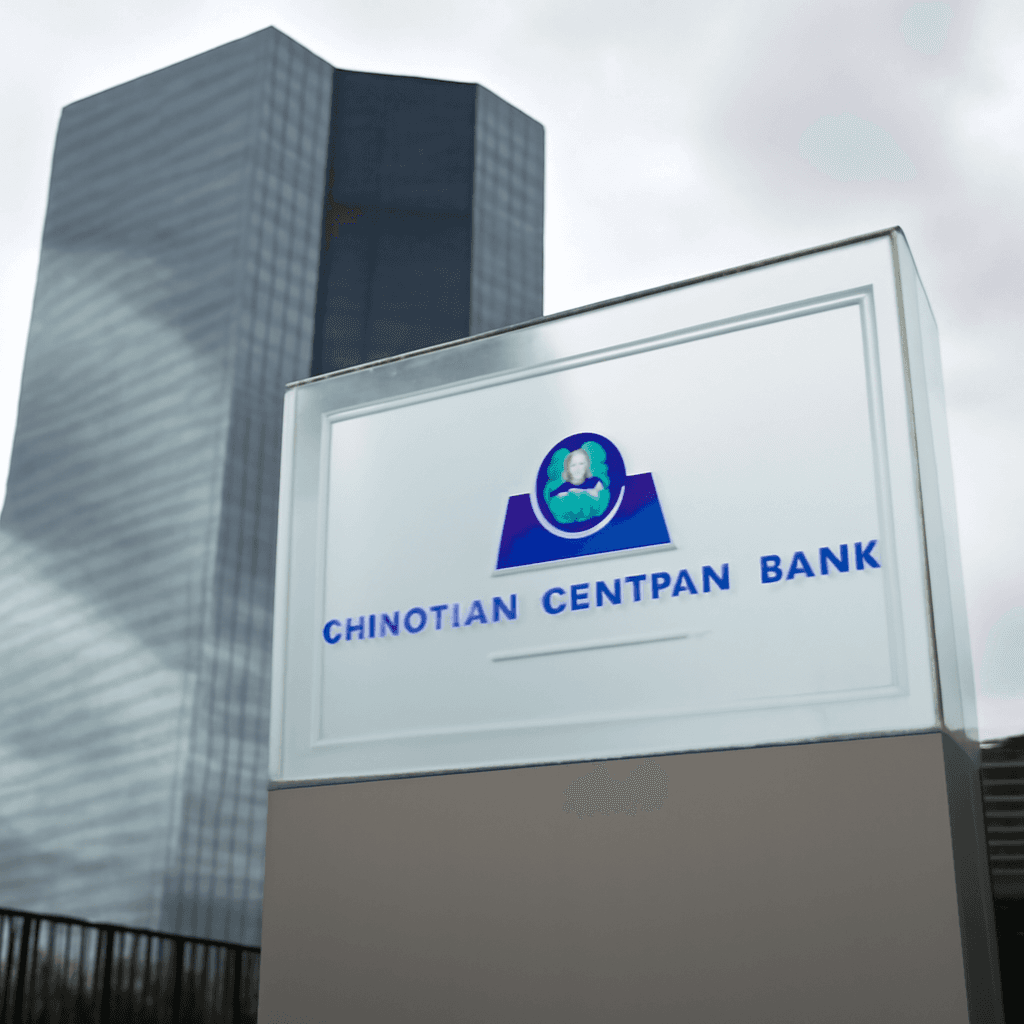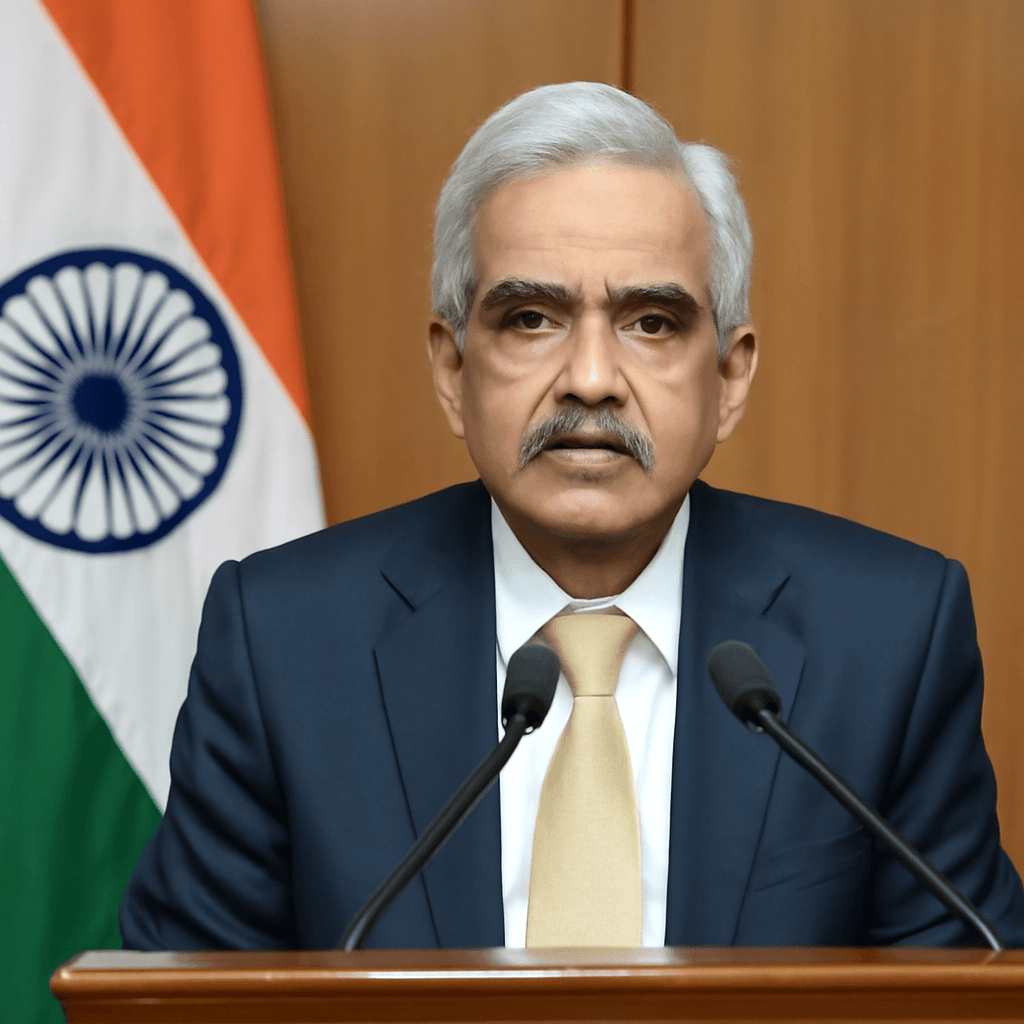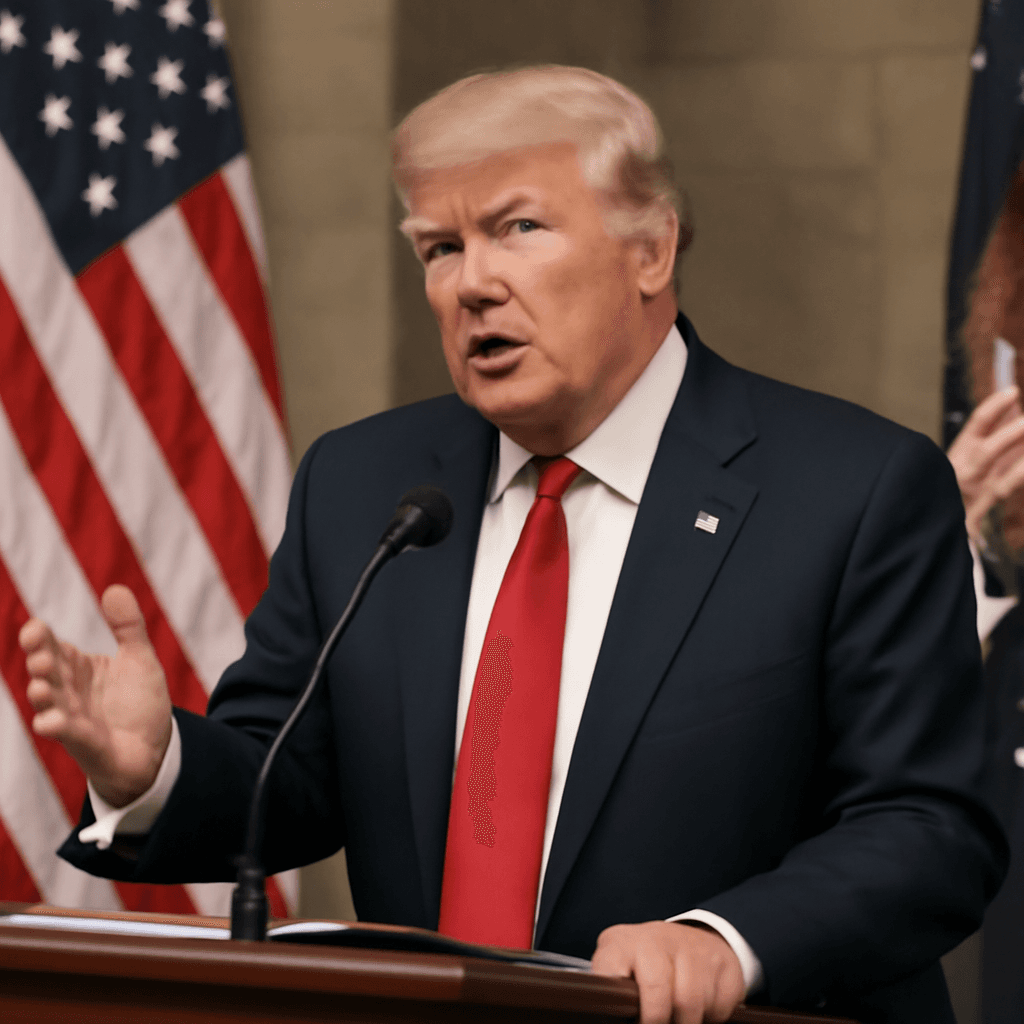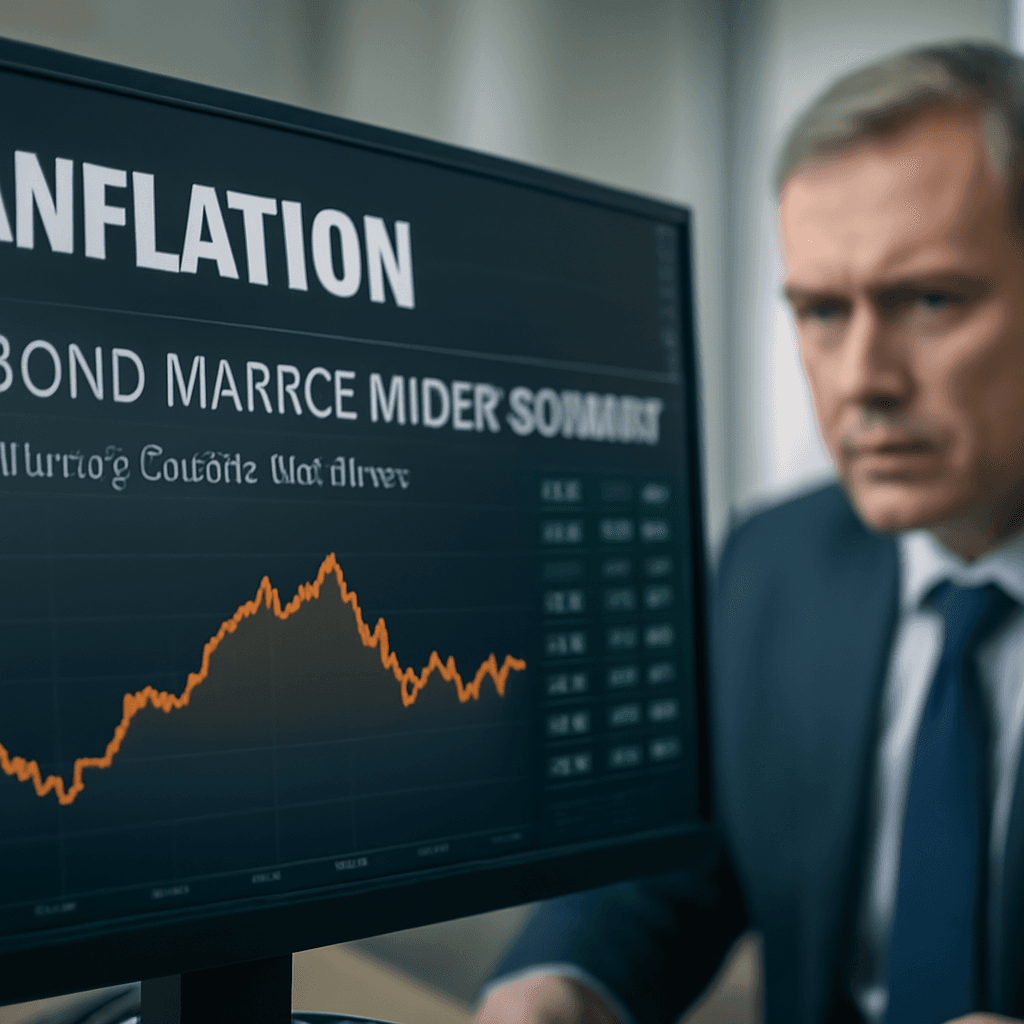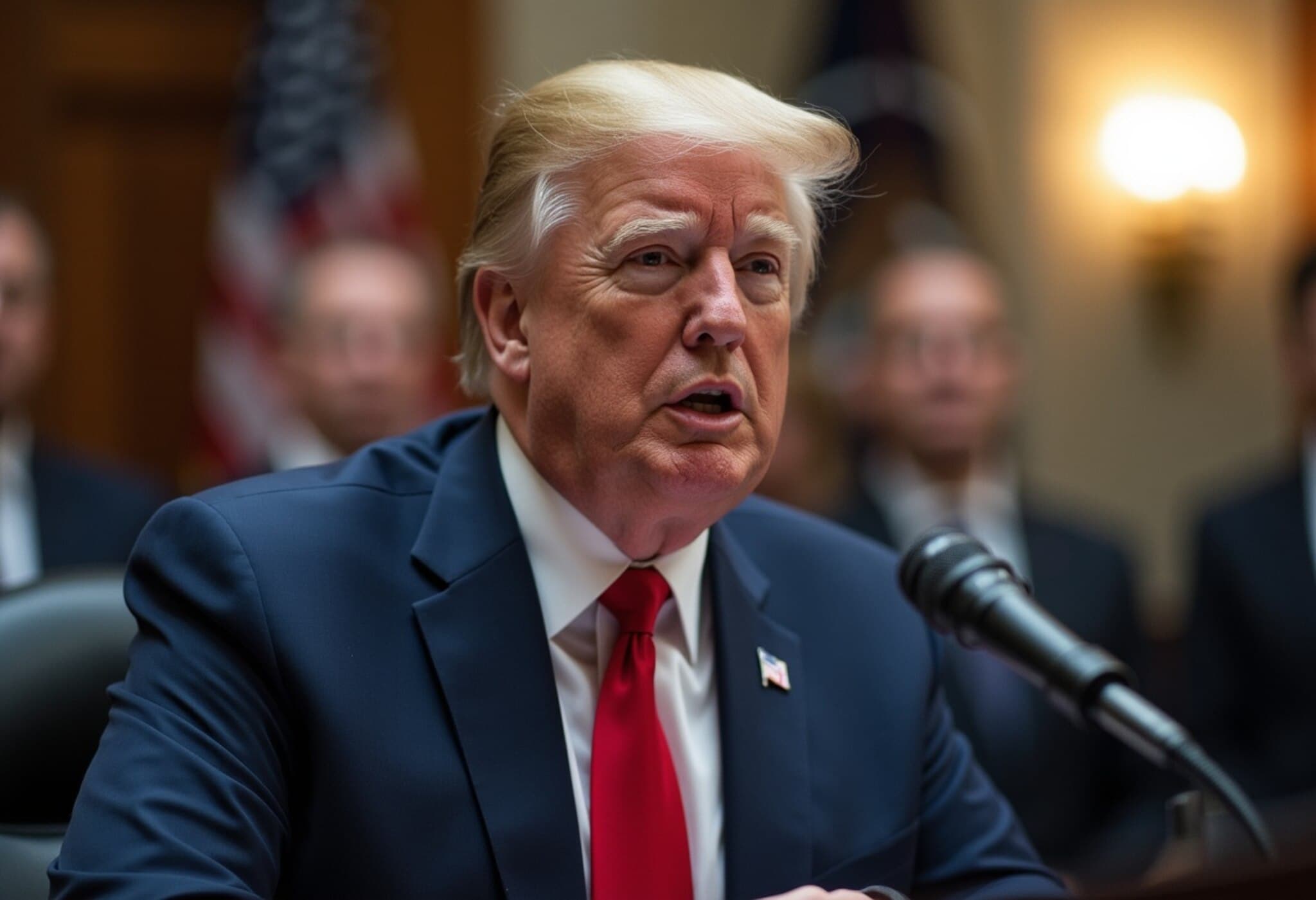Iran Moves Forward with Currency Redenomination Amid Economic Turmoil
In a strategic attempt to stabilize a rapidly faltering economy, Iran’s parliament recently reignited a plan to remove four zeros from its national currency, the rial. The move aims to simplify everyday transactions, restore faith among citizens, and tackle the growing economic distress caused by high inflation and sanctions pressure.
What Does the Currency Change Entail?
On Sunday, Iran’s economic commission approved a key amendment to redefine the rial’s value. Shamseddin Hosseini, chairman of the economic commission, confirmed the decision, emphasizing that the currency would retain the name rial but with four zeros removed.
Under this system, 1 new rial would effectively equal 10,000 old rials. The currency would also be subdivided into 100 smaller units called gherans, a detail intended to increase precision in pricing and accounting.
A Delayed Reform Seeks New Momentum
This redenomination plan was originally proposed back in 2019 but was subsequently shelved, pending approval from Iran's Guardian Council. The Council, which oversees legislative conformity with Islamic law and the constitution, must greenlight the measure before it moves to a full parliamentary vote. As of now, the date for this final vote remains unannounced, leaving the timeline uncertain.
Economic Context: Why Now?
Mohammad Reza Farzin, governor of Iran’s central bank, publicly endorsed the plan in May, noting that the rial suffers from poor international reputation and is losing practical relevance domestically. Official and parallel market rates reveal stark economic instability: unofficial exchange rates on the street market reportedly hover around 920,000 rials per US dollar, a glaring indicator of currency depreciation.
This crisis stems from endemic inflation that has made the currency unwieldy for ordinary citizens, who prefer the toman—equal to 10 rials—as the everyday unit of exchange. Inflation, compounded by renewed and crippling international sanctions, especially following the US’s withdrawal from the 2015 nuclear deal under President Trump, has pushed the rial to historic lows.
Sanctions and Political Pressures
The economic woes reflect deeper geopolitical tensions. Economic sanctions imposed and expanded by the United States since 2018 have severely limited Iran’s ability to engage with global markets, restricting oil exports and foreign investment. These challenges have fed into domestic instability, contributing to rising commodity prices and diminished purchasing power.
Adding further strain, domestic political shifts continue: in June 2025, Iran appointed Ali Madanizadeh as the new economy minister following the no-confidence ousting of Abdolnaser Hemmati, signaling government attempts to reset economic management amid growing public dissatisfaction.
Broader Implications and Unreported Angles
- Public Morale and Trust: The currency reform reflects an urgent need to restore public trust. However, redenomination alone cannot counter hyperinflation without robust economic policy and relief from sanctions.
- Financial System Modernization: Removing zeros could ease accounting burdens and simplify financial reporting; yet, without systemic economic reforms, the practical benefits may be limited.
- International Perception: Farzin’s comment on the rial’s poor image hints at broader challenges in attracting foreign investment and integration into international finance.
- Potential Impact on Daily Life: Redenomination can confuse consumers and merchants temporarily and could impact savings and contracts indexed to the old currency if not implemented transparently.
Looking Ahead
While these developments mark a crucial step in Iran’s ongoing battle against economic hardship, many experts caution that redenomination is a cosmetic fix unless accompanied by sustained anti-inflation policies, easing of sanctions, and political stability.
Observers both inside and outside Iran will be watching closely for the forthcoming parliamentary vote and any measures that Tehran enacts to stabilize its economy amidst regional challenges and global pressures.
Editor’s Note
Iran’s decision to revive the four-zero currency removal is more than a financial technicality—it signals a government grappling with deep economic distress and a population strained by decades of inflation and international isolation. The key question remains: can this redenomination serve as a turning point for money stability, or will it be another temporary patch in a complex economic landscape? Only coordinated policy reforms and a relaxation of sanctions might restore both the rial’s value and public confidence over the long term.

